Story by Tamaria L. Kulemeka
“[The church] is supposed to be a hospital, but we’re not all ready to address the sick,” says James Jackson, AEC’s coordinator for Adventist Recovery Ministry (ARMin), and a member of the Mount Olivet church in Camden, N.J., who spent 20 years under the influence of alcohol and other drugs. After being “restored to sanity” and getting clean, he worked as a counselor and retired as a clinical supervisor for an agency that provided mental health and substance abuse services in the city.

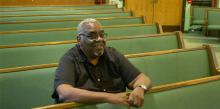

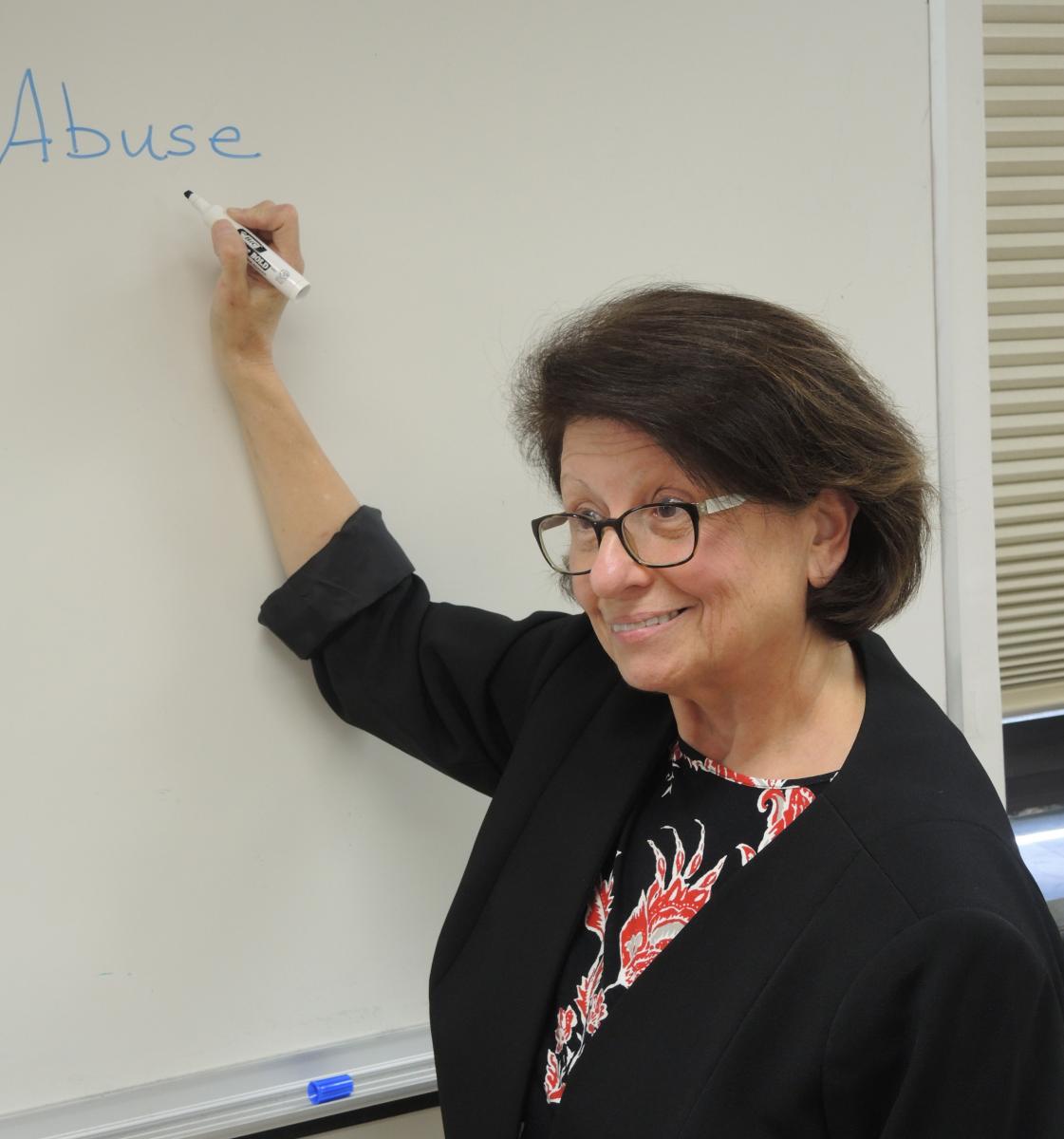 Bonnie Franckowiak, professor and coordinator of the Master of Science Nursing Program at Washington Adventist University, says recognizing substance abuse varies from age group to age group. For example, adolescents showing changes in mood or failing grades could be signs of drug use. In more advanced age groups, needle marks could be a clue that someone is using. She says the biggest determinant is recognizing a person ceasing to function as he or she once did, not to mention their finances vanishing for no visible reason.
Bonnie Franckowiak, professor and coordinator of the Master of Science Nursing Program at Washington Adventist University, says recognizing substance abuse varies from age group to age group. For example, adolescents showing changes in mood or failing grades could be signs of drug use. In more advanced age groups, needle marks could be a clue that someone is using. She says the biggest determinant is recognizing a person ceasing to function as he or she once did, not to mention their finances vanishing for no visible reason.
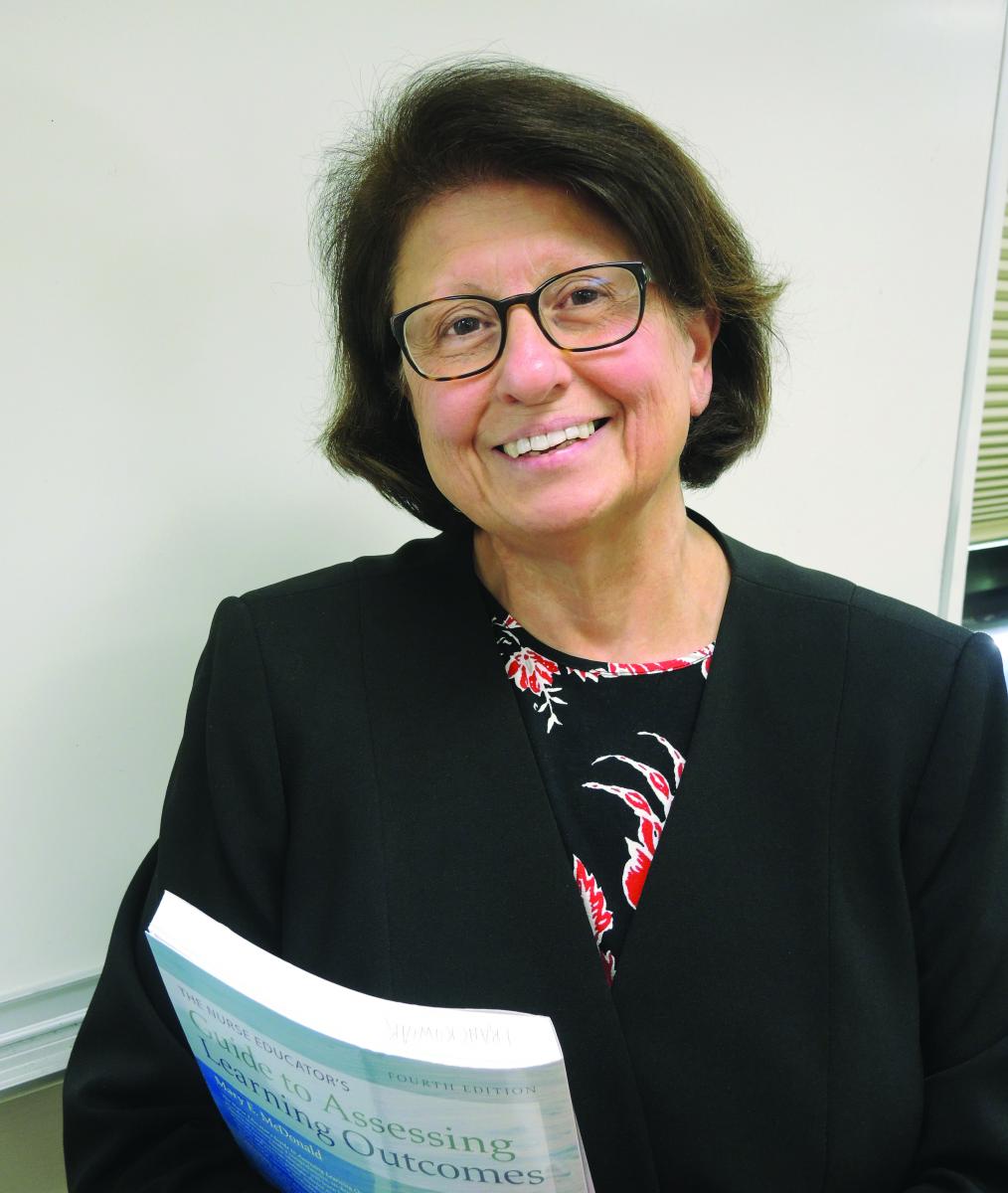 Bonnie Franckowiak, professor and coordinator of the Master of Science Nursing Program at Washington Adventist University in Takoma Park, Md., says, “The use of opioids in this country is staggering. It’s huge, and it’s growing all the time; we don’t seem to have a handle on it at all,” she says. “In 2012, 259 million prescriptions were written for opioids, which is enough to give every American adult their own pill box.”
Bonnie Franckowiak, professor and coordinator of the Master of Science Nursing Program at Washington Adventist University in Takoma Park, Md., says, “The use of opioids in this country is staggering. It’s huge, and it’s growing all the time; we don’t seem to have a handle on it at all,” she says. “In 2012, 259 million prescriptions were written for opioids, which is enough to give every American adult their own pill box.”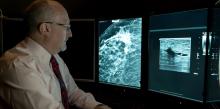
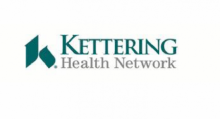
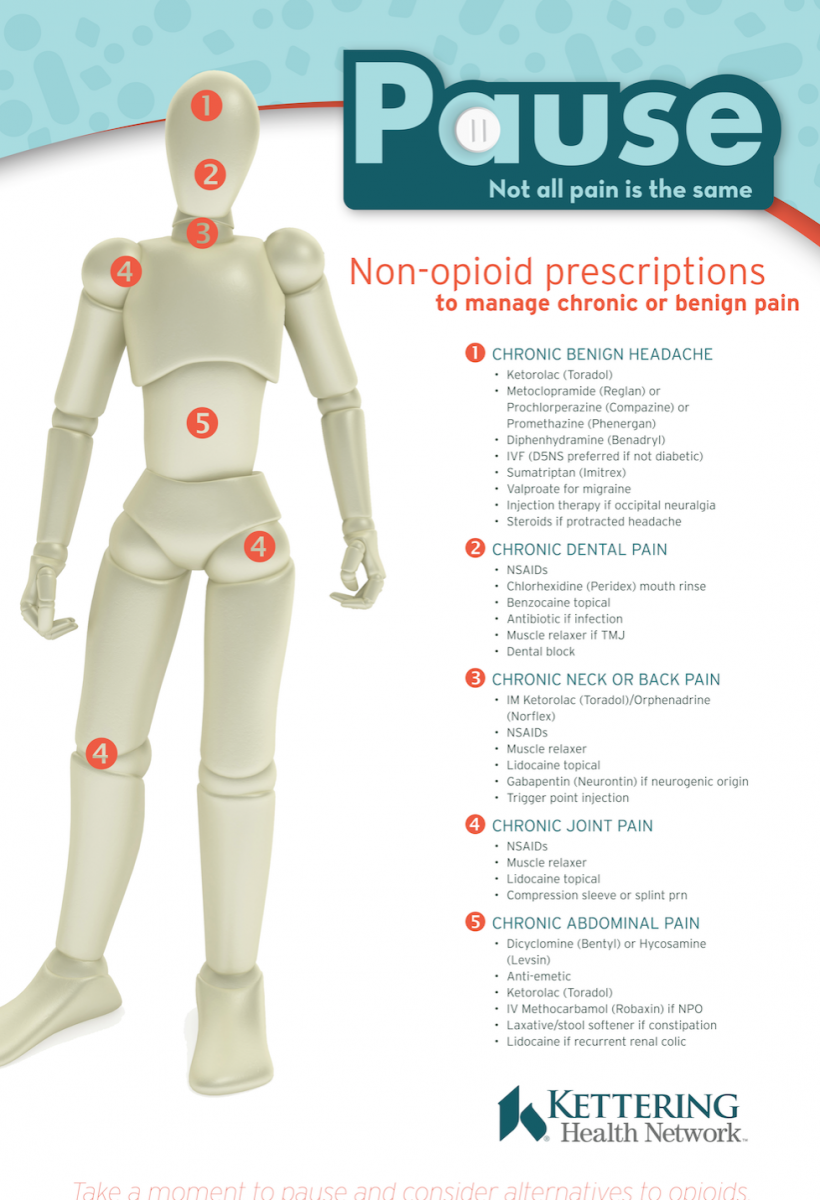 Story by Kettering Adventist Health Care
Story by Kettering Adventist Health Care